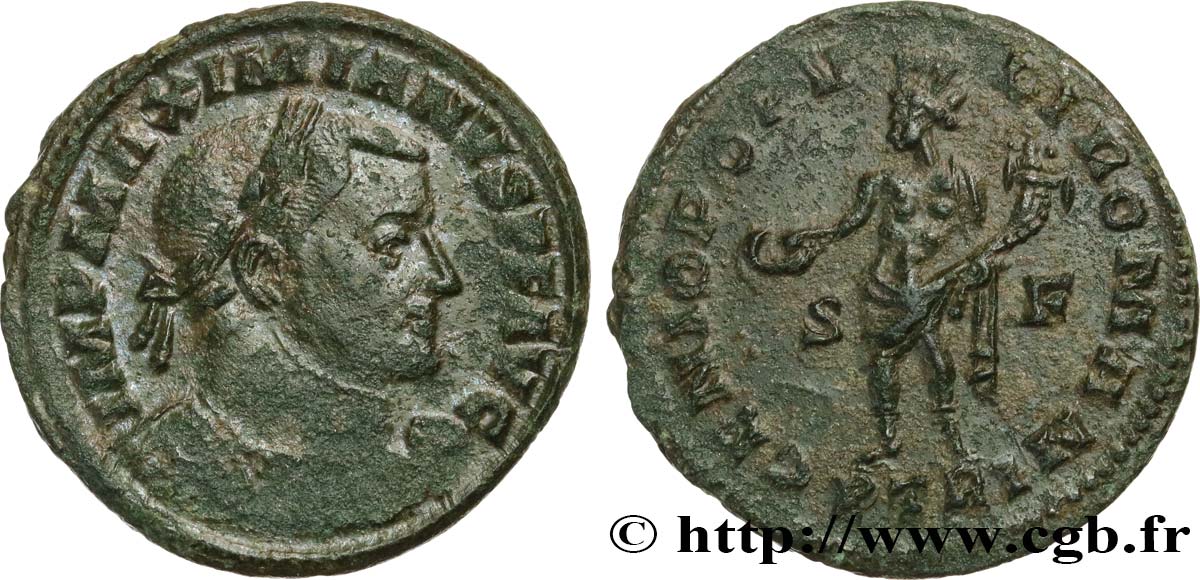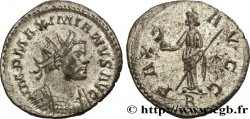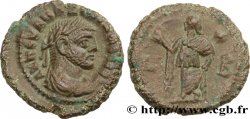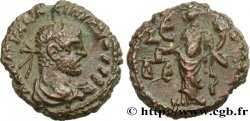brm_604613 - MAXIMIANUS HERCULIUS Follis ou nummus
95.00 €(Approx. 101.65$ | 81.70£)
Quantity
Add to your cart

Type : Follis ou nummus
Date: 305-307
Mint name / Town : Trèves
Metal : billon
Millesimal fineness : 20 ‰
Diameter : 27 mm
Orientation dies : 6 h.
Weight : 9,03 g.
Rarity : R1
Officine: 1re
Coments on the condition:
Exemplaire sur un petit flan épais bien centré des deux côtés. Beau buste de Galère Auguste. Revers de haut relief. Belle patine vert olive, légèrement bouchée au droit
Catalogue references :
Obverse
Obverse legend : IMP MAXIMIANVS P F AVG.
Obverse description : Buste lauré et cuirassé de Galère Auguste à droite, vu de trois quarts en avant (B*).
Obverse translation : “Imperator Maximianus Pius Felix Augustus”, (L’empereur Maximien pieux heureux auguste).
Reverse
Reverse legend : GENIO POPV-LI ROMANI/ S|F// PTR.
Reverse description : Genius (le Génie) debout à gauche nu, coiffé du modius, vêtu de l’himation, tenant de la main gauche une corne d'abondance et de la main droite une patère.
Reverse translation : “Genio Populi Romani”, (Au Génie du Peuple romain).
Commentary
Poids léger. Rubans de type 3. Ptéryges larges. Nous sommes bien présence dun follis de Galère Auguste et non pas de Maximien Hercule.








 Report a mistake
Report a mistake Print the page
Print the page Share my selection
Share my selection Ask a question
Ask a question Consign / sell
Consign / sell
 Full data
Full data



